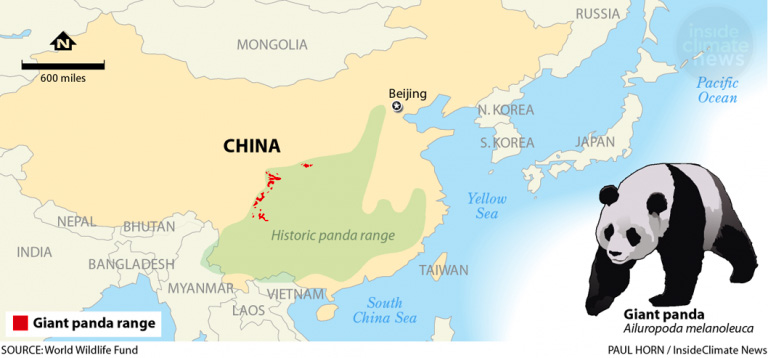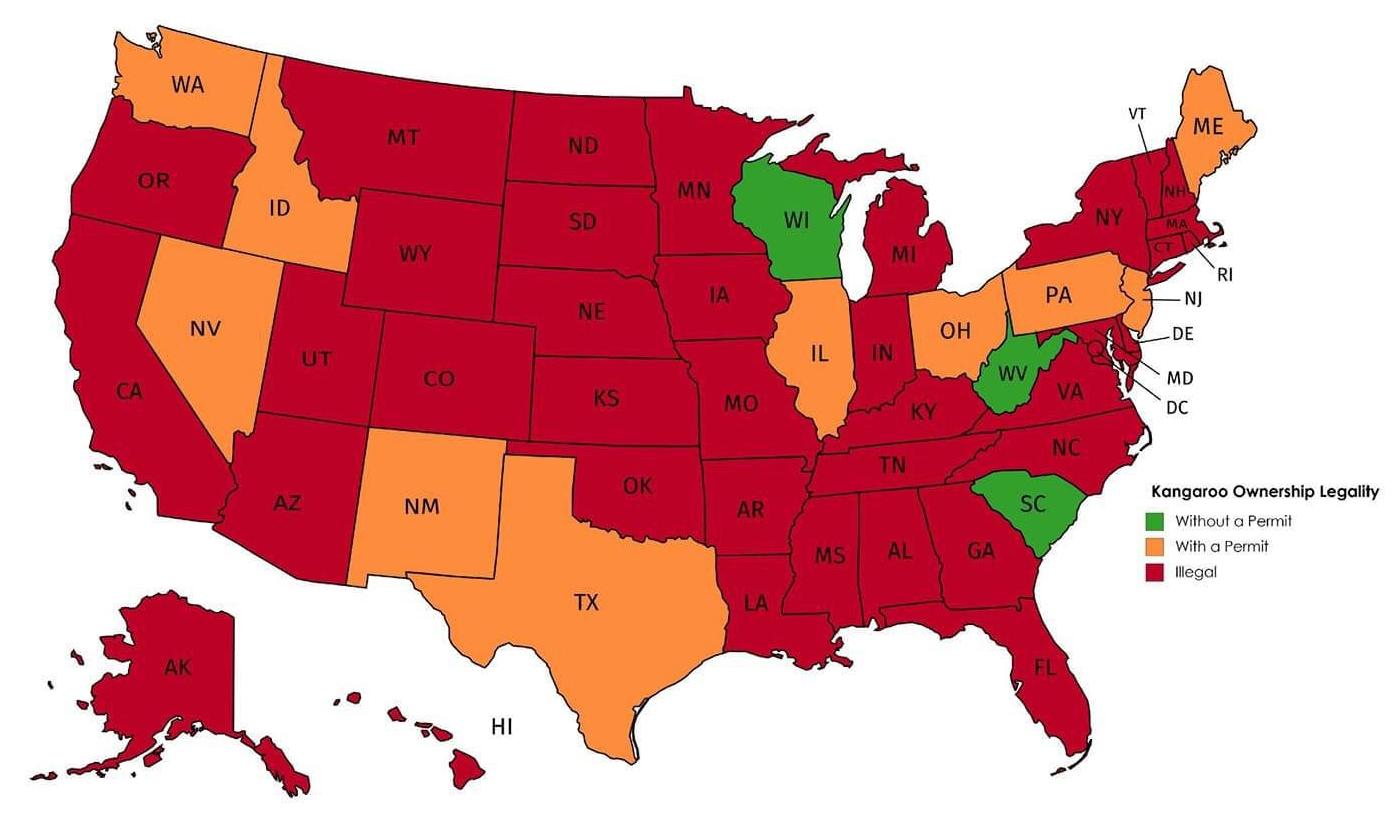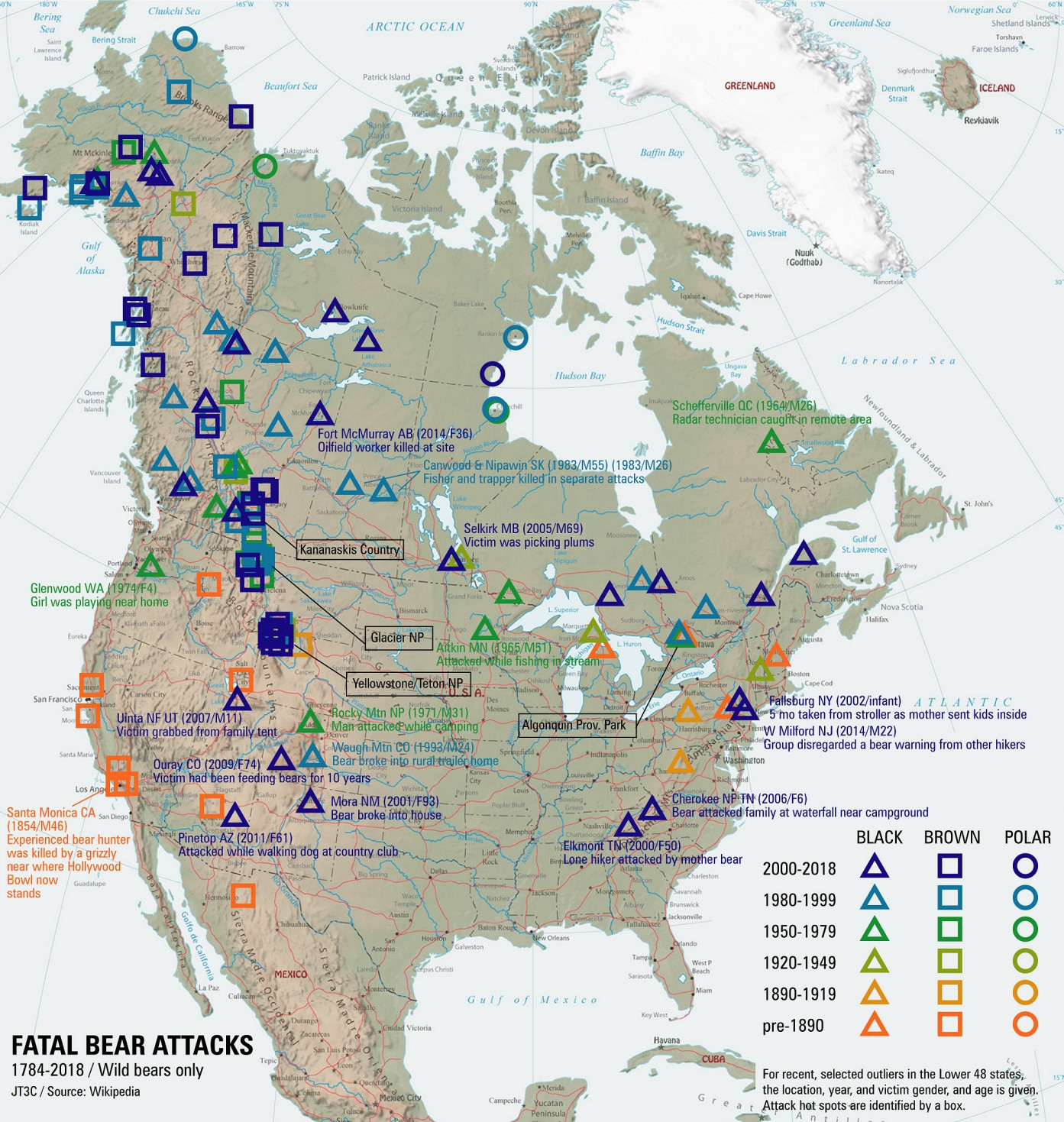The Changing Range of the Giant Panda: Then and Now
The giant panda (Ailuropoda melanoleuca) is one of the most recognizable animals in the world. Although it belongs to the bear family, this species feeds almost entirely on bamboo – up to 12-38 kilograms (26–84 pounds) each day. Its closest living relatives are bears, though it has also shared some features with ancient raccoon-like species in the past.
Historically, pandas lived across large parts of southern and eastern China, and their range even extended into northern Myanmar and Vietnam. Today, however, they are found only in fragmented mountain forests in Sichuan, Shaanxi, and Gansu provinces.

The contrast between the green (historic range) and red (current range) makes clear just how much their habitat has contracted. Much of the change is due to deforestation, farming expansion, and the natural isolation of bamboo forests in mountainous areas.
| Category | Historic (before 20th century) | Around 1980 | Today (~2020s) |
|---|---|---|---|
| Range | Southern & eastern China, Myanmar, N. Vietnam | Restricted to parts of Sichuan, Shaanxi, Gansu | Same provinces, 30+ fragmented subpopulations |
| Wild population estimate | Tens of thousands | ~1,100 | ~1,864 |
Since the 1980s, massive conservation programs have expanded reserves, built bamboo corridors, and cracked down on poaching. These efforts helped the species recover from “endangered” to “vulnerable” on the IUCN Red List in 2016.








